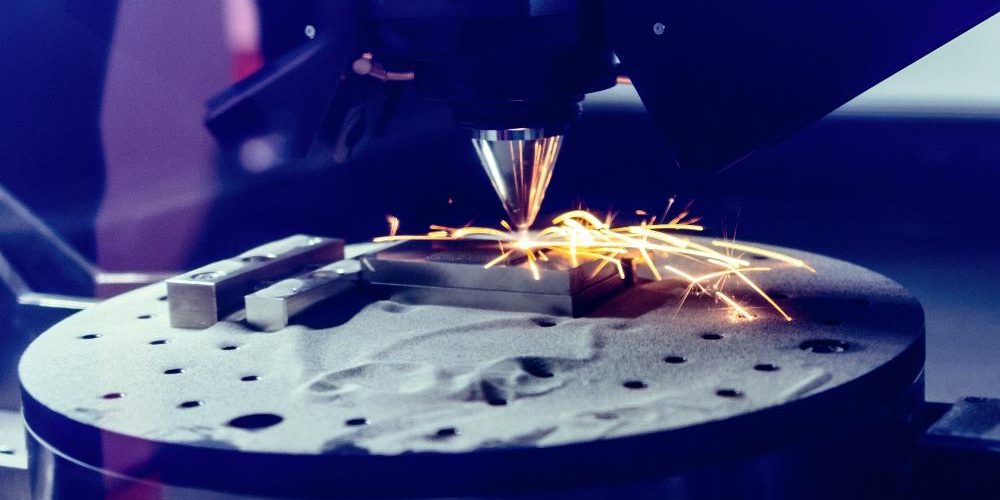Niobium-based photoactive semiconductors have been extensively used as water-splitting catalysts because of the following features.
- Desirable bandgap: The photo-catalyst must have the desirable bandgap that allows oxidation and reduction reactions to happen. Namely, the catalyst should have a minimum bandgap of 1.23eV so that H2O would change into O2 and H+ would transform into H2.
- Positive conduction band: The valence band and conduction band matter. The more positive the conduction band is, the higher the reduction potential the catalyst has. For instance, niobates possess a more positive position of conduction bands compared with tantalates, so they have higher reduction potentials for redox reactions.
- Special structures: Niobium-based semiconductors have special structures, so they have better photocatalytic performance. Niobium compounds have different structures due to their crystallization. For instance, the symmetry of NbO4-tetrahedral and NbO6-octahedral units could be easily tailored, and Nb5+ has a large affinity to oxygen.
- Various types: Nb-based materials can be categorized into three types. Niobium pentoxide stands out for its electronic and morphological properties. Niobium-layered compounds are promising photo-catalysts with a 2D layered arrangement and a large surface area. You can add niobium as a dopant agent to improve the reaction efficiency as well.
Other Uses of Niobium
Niobium is a grey ductile metal with a range of applications.
About 90% of niobium is used to manufacture high-end steel. Adding a small amount of niobium to the steel could increase the strength, toughness, and corrosion resistance of steel. The weldability and formability could also be improved.
Niobium is commonly applied to make superconducting materials as well. The well-known Apollo Service Module, the Large Hadron Collider, and the International Thermonuclear Experimental Reactor employed numerous superconductors.
Related reading: 10 Important Uses Of Niobium
Conclusion
A variety of niobium-based photoactive semiconductors are used as catalysts to enhance the performance of artificial photosynthesis and solar water splitting because of their chemical and structural properties. Advanced Refractory Metals (ARM) is a leading supplier of niobium and its alloys. For more information, please check our homepage.
